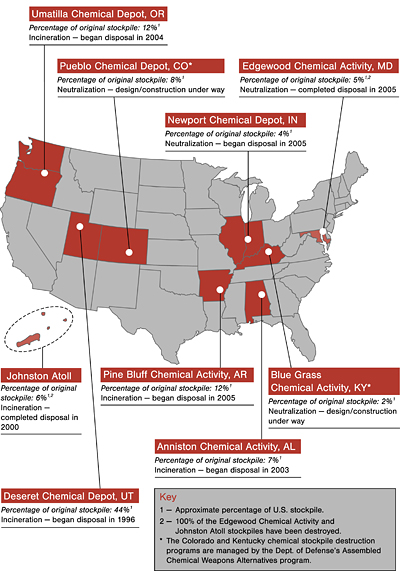 |
Decision and Information Sciences |  |
Research Areas:
Energy, Environment, and Economics
National and Homeland Security
Infrastructure Assurance
Emergency Preparedness
Social Dynamics
Policy Analysis
Core Capabilities:
Systems Analysis
Modeling, Simulation, and Visualization
Complex Adaptive Systems
Decision and Risk Analysis
Information Sciences
Chemical Stockpile Emergency Preparedness (CSEP) Program
The Chemical Stockpile Emergency Preparedness (CSEP) Program is a wide-ranging activity in support of a national initiative involving the U.S. Army Chemical Materiel Command (CMA), the Federal Emergency Management Agency (FEMA), 9 states, and 37 counties. Established in 1988, the CSEP Program enhances emergency planning for the unlikely event of a release of hazardous chemical weapons agent from one of the Army’s chemical weapons storage installations currently storing chemical weapons. These obsolete weapons are scheduled to be destroyed; meanwhile, however, they pose a threat to installation workers and residents of the surrounding communities. The map illustrates the locations of each of these chemical weapons storage installations and gives the status of destruction. Argonne's CSEP Program includes a variety of components that serve the needs of multiple program participants. Among the major activities are:
|
| U.S. Department of Energy Office of Science | UChicago Argonne LLC |
| Privacy & Security Notice | Contact Us | Site Map | Search |
